What is Pu-erh Tea?

Pu-erh is one of the oldest types of tea. It has been around since around 600 AD, around the Tang Dynasty. Pu-erh is actually the name of the city in Yunnan where it's originated. Even though there are many places around the world that are making Pu-erh now, you can't call them a Pu-erh unless if they come from this area, much like Champagne must be from Champagne, France. If a Pu-erh comes from a different place, we call it a Hei-Cha, which means "black tea." It gets a little bit confusing here because it's not the same black tea most people are familiar in the West. The black tea we are familiar with here is actually called "red tea," or Hong-Cha, in China!
You'll often see Pu-erh in a cake form. But they come molded into many forms, from mini-bricks to chocolate brick-like shapes, to bird nest-like shapes and even mushroom-shapes. The rounded cake of pressed tea leaves usually weighs around 350g or about 12.57 oz. In the days of its invention, tea was mostly transported by horse or donkey. It is much easier to transfer commercial quantities of tea when it's stacked and pressed tightly to a round cake. Pu-erh is also easier to store for future consumption in cakes.
You'll often see Pu-erh in a cake form. But they come molded into many forms, from mini-bricks to chocolate brick-like shapes, to bird nest-like shapes and even mushroom-shapes. The rounded cake of pressed tea leaves usually weighs around 350g or about 12.57 oz. In the days of its invention, tea was mostly transported by horse or donkey. It is much easier to transfer commercial quantities of tea when it's stacked and pressed tightly to a round cake. Pu-erh is also easier to store for future consumption in cakes.
To create true Pu-erh, the caked tea leaves are slowly oxidized over time. There are two types of Pu-erh oxidation: raw, sheng, and cooked, shou. The shou process hastens the process and can take forty-five to sixty days. The best naturally aged Pu-erh is sheng and can take anywhere from ten to fifty years to be before it's ready.
Because Pu-erh tastes better over time, a lot of people don't mind buying many different types of Pu-erh and treating them as an investment. In China, you can even resell back your aged Pu-erh to a tea market for a profit.
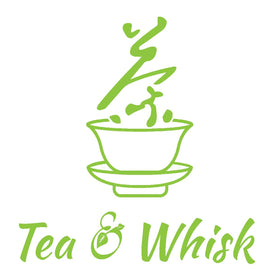
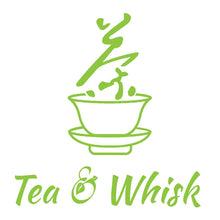
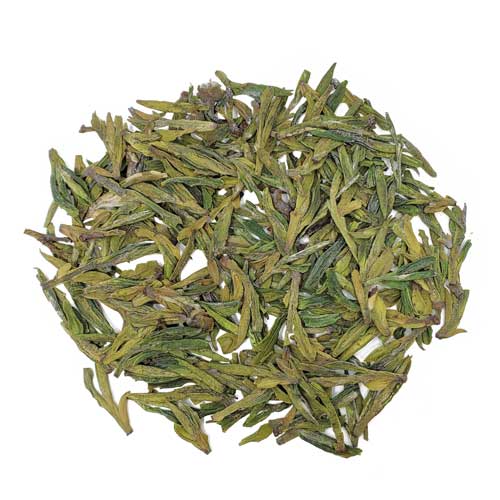
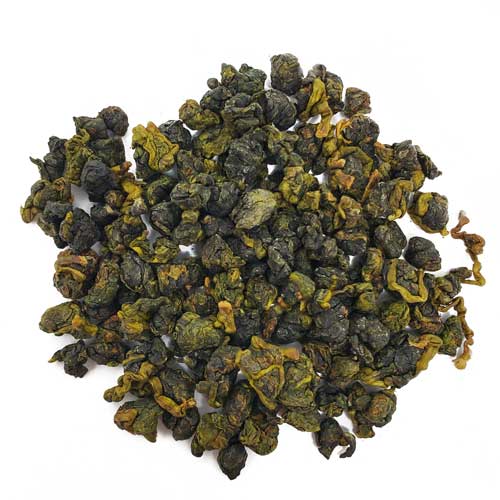
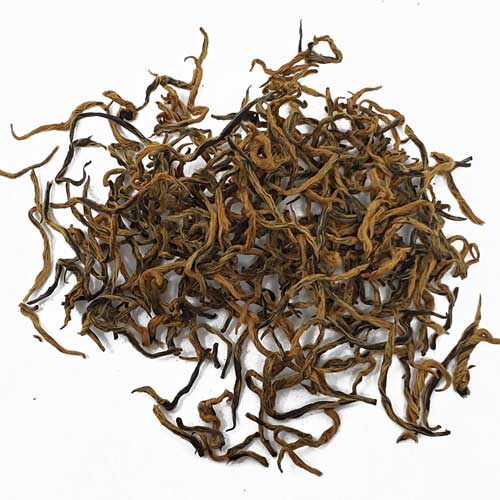
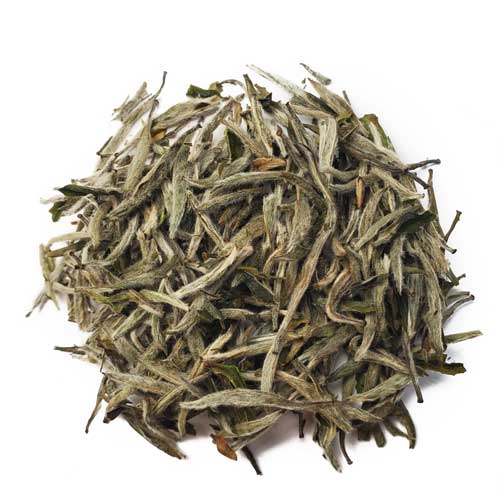
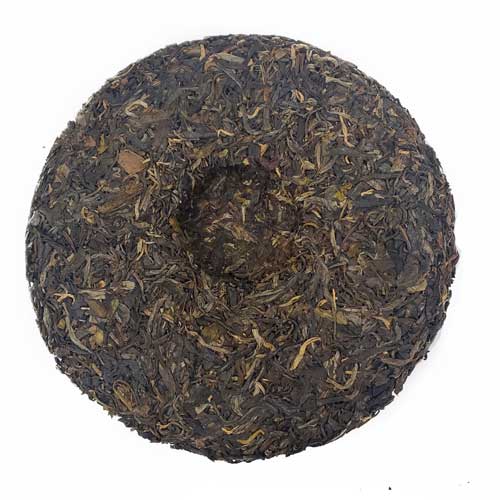
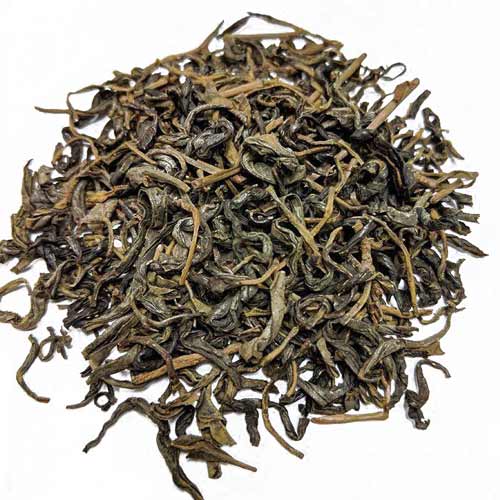
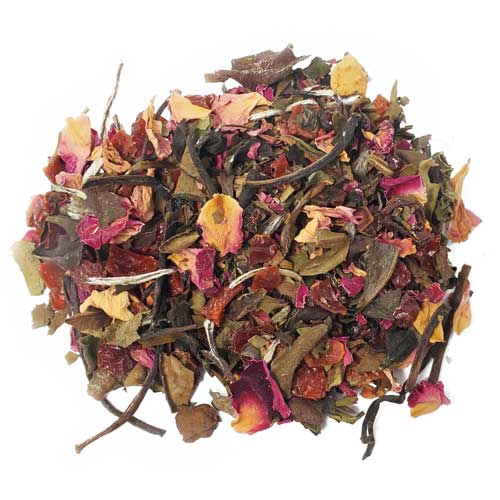
Leave a comment